I'm trying to use a NE555D to achieve a 500ms on, 1500ms off, duty cycle. The exact timing is not that important(+-20%).
But my problem is that when the temperature changes it greatly effects the blinking rate. blinks faster when it is hot and stops blinking when cold. How can I improve this? This IR beacon is something you wear so it needs to handle the temperature differences.
The values of R1 and R2 are tweaked until roughly 500ms on 1500ms of duty cycle is achieved (+-20%).
edit Supply V is 3.3, all the resistors are metal film and capacitor is X5R
thank you for all the feedback so far! Im doing my best to understand it all.
Example pictures would be greatly appreciated.
